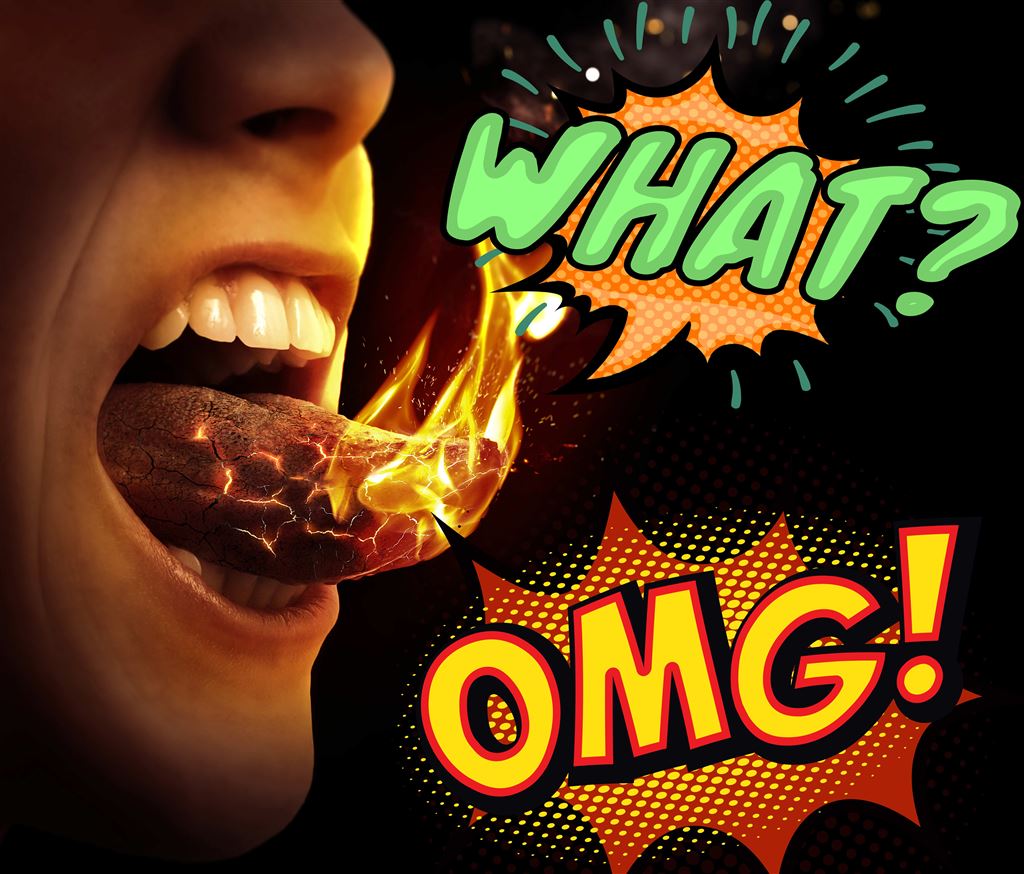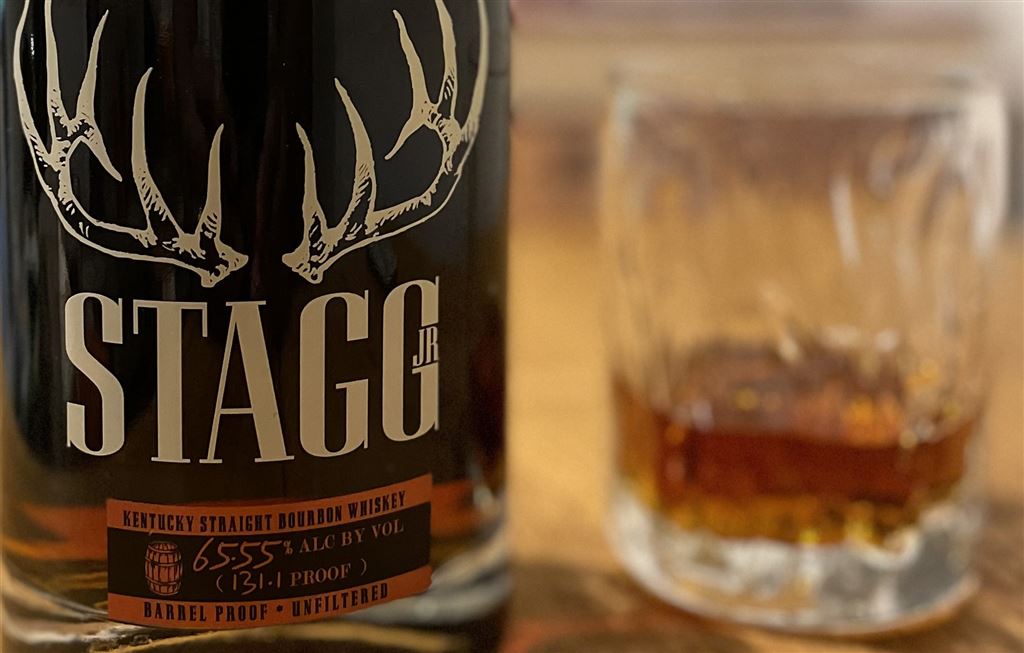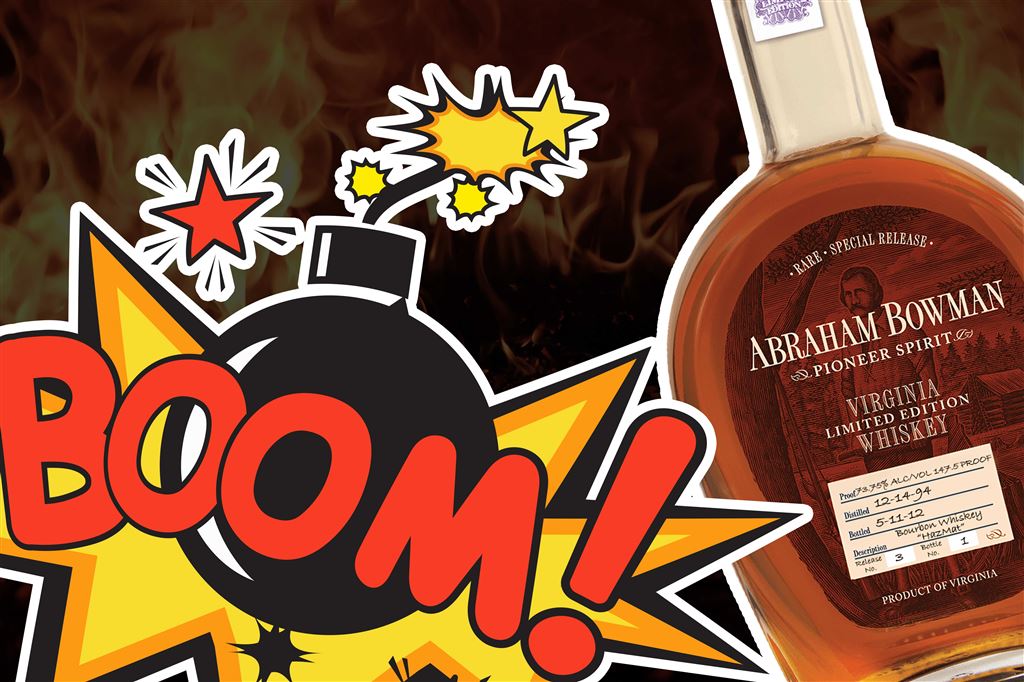
Cask strength or barrel-proof bourbon is a bourbon that has not undergone dilution after the end of its aging process. Therefore, cask strength bourbon is unblemished cask-to-bottle whiskey that typically, but not always, has a high alcohol by volume content.
What is Unblemished Cask-to-Bottle Bourbon?
To answer this question, it is necessary to shed more light on the whiskey-making process briefly.
- Step 1: The master distiller first comes up with a mash bill for the whiskey. The mash bill basically refers to the combination of ingredient grains used to make the whiskey.
- Step 2: The distiller mixes the ingredient grains with water and yeast.
- Step 3: The resultant mixture is taken through a fermentation process to allow for ethanol production.
- Step 4: After fermentation, the distiller strains the fermented mixture to separate ethanol from the solids.
- Step 5: The ethanol undergoes a purification process known as distillation.
- Step 6: The distiller takes the purified ethanol through an aging process. At this stage, distillers store the bourbon in new charred oak barrels for a period of at least 2 years. In this stage, the bourbon develops most of its flavor, color, and aroma.
- Step 7: After aging, distillers typically dilute the aged bourbon with water. Others also take it through a process known as chill-filtering. The process is directed at getting rid of any impurities which may cause the whiskey to cloud up when exposed to cold temperatures.
- Step 8: The bourbon is bottled.

Cask strength bourbon is unblemished cask-to-bottle whiskey because it does not undergo step 7. Instead, the distiller bottles the whiskey immediately after aging.
Barrel-proof bourbon has not undergone dilution or chill-filtering.
What about the Alcohol Content of Barrel Proof Bourbon?

This Abraham Bowman 18-year old bourbon whiskey was released in 2012 at cask strength. At 147.5 proof and an alcohol content of 73.75% the bourbon quickly earned the nickname “HazMat”. It remains the highest proof bourbon Abraham Bowman has ever released.
The alcohol content of cask strength bourbon is generally higher than that of diluted bourbon.
Most distillers put their bourbon in barrels when its alcohol content is between 55% and the legal maximum of about 62.5% alcohol by volume (ABV). Distilling and chill-filtering the aged bourbon reduces the alcohol content resulting in a drink of between 40% and 45% ABV. By law, the alcohol content of bottled barrel-proof or cask strength bourbon should not be more than 1% lower than its ABV at the moment it is drawn from the barrels.
Typically, the alcohol content of barrel-proof bourbon is between 50% and 70% ABV.
There’s More to Cask Strength Whiskey!
The alcohol content of cask strength bourbon depends significantly on climatic conditions. For example, bourbon aged in cold temperatures may end up with a lower ABV from its barrel entry proof after aging. On the other hand, bourbon aged in high temperatures may end up with a barrel exit proof significantly higher than its barrel entry proof. Therefore, bourbon, which entered the barrel at 62.5% ABV, may exit as a 70% ABV product.
How to Drink Barrel Proof Bourbon
By nature, cask strength bourbon has a bolder and more natural character than diluted and chill-filtered bourbon. In fact, drinking cask strength bourbon is like sipping straight from a barrel.
When drinking cask strength bourbon neat or without any ice or water added, it is best to let the bourbon coat the front of your tongue and then gently move it to the back of your mouth. Allow the bourbon to coat your tongue from the front to the back. This process allows for your saliva to dilute the high-proof bourbon while making it easier to drink. This process also enables you to taste the flavors better.
However, most bourbon connoisseurs recommend self-blending barrel-proof bourbon with a little water—each drop of water results in changes to the bourbon’s strength, flavor, and aroma. An alternative is to add an ice cube.
In short, cask strength bourbon allows drinkers to blend the drink following personal preferences while keeping the alcohol content fairly strong. Ultimately, the best way to understand barrel-proof bourbon is to down a dram or two for yourself.